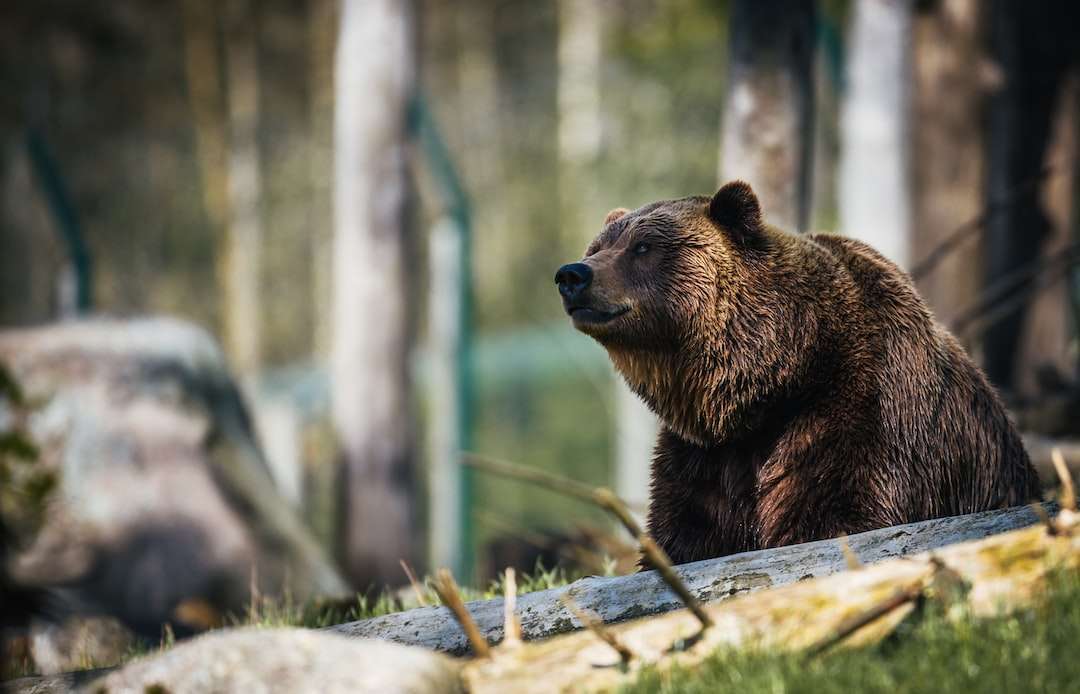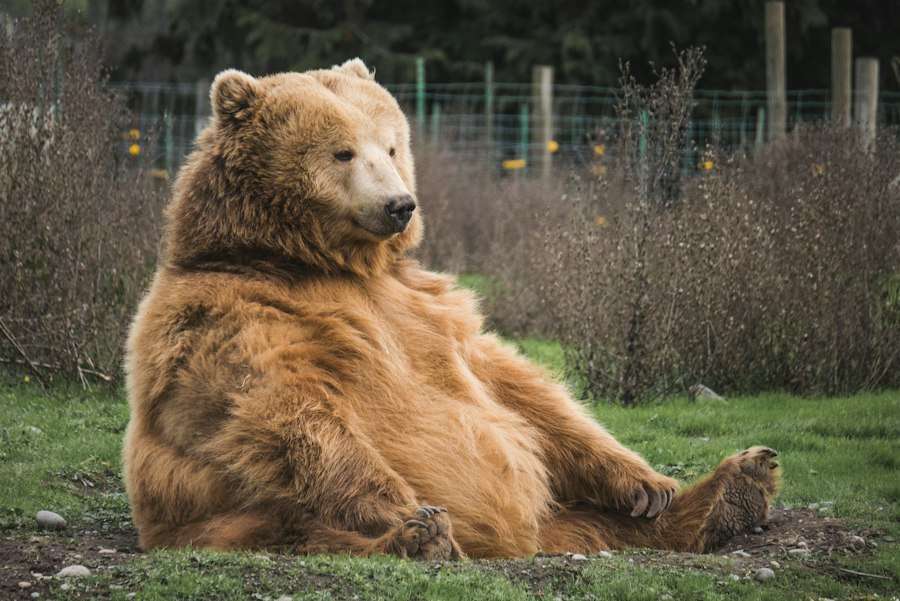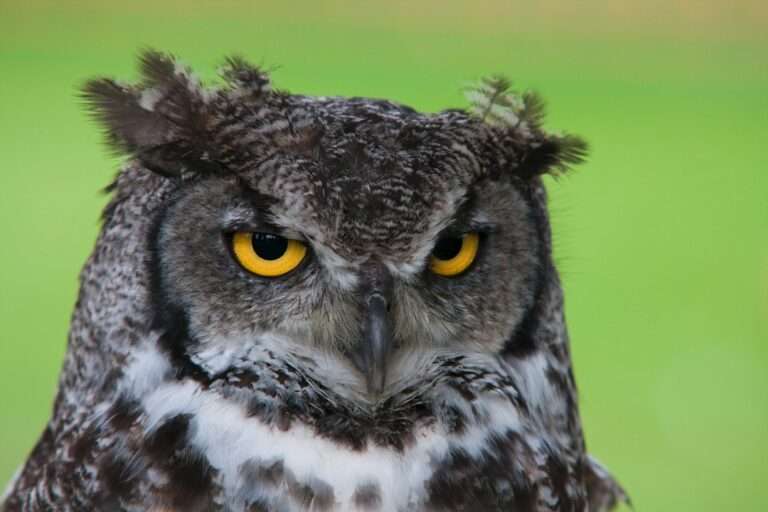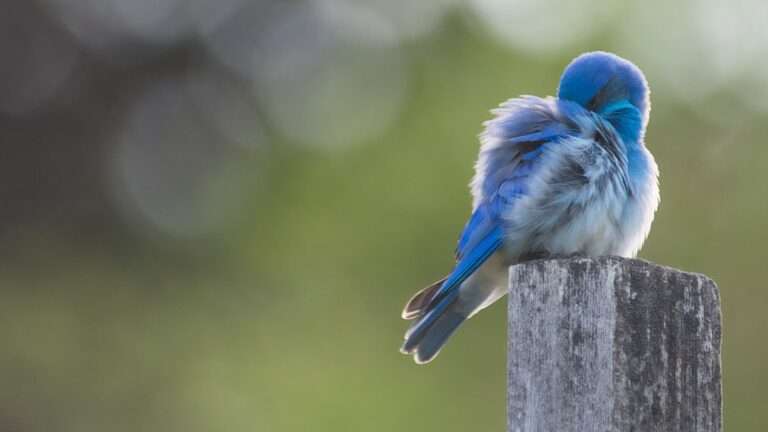The Power of the Bear: Exploring the Symbolism and Spiritual Significance of this Majestic Creature

The bear is a powerful and iconic symbol that holds great significance in various cultures and traditions around the world. From ancient times to the present day, the bear has been revered for its strength, resilience, and protective nature. It has been a source of inspiration and connection to nature for countless individuals, and its symbolism can be found in mythology, folklore, spirituality, art, and even contemporary culture. In this article, we will explore the multifaceted symbolism of the bear and its enduring significance in different aspects of human life.
Key Takeaways
- The bear is a symbol of strength and resilience.
- Native American mythology and folklore often feature the bear.
- The bear is a spirit animal and guide in many cultures.
- Shamanic practices and healing often involve the bear.
- The bear is a symbol of protection and courage.
The Bear as a Symbol of Strength and Resilience
The bear’s physical attributes and behavior have made it a symbol of strength and resilience in many cultures. With its massive size, powerful muscles, and sharp claws, the bear is known for its formidable strength. It is also known for its ability to endure harsh conditions and survive in challenging environments. The bear’s hibernation during winter months is a testament to its resilience and ability to conserve energy during times of scarcity.
In addition to its physical strength, the bear’s behavior also contributes to its symbolism of strength and resilience. Bears are known for their tenacity and determination when it comes to protecting their young or defending their territory. They are also highly adaptable creatures, able to navigate different landscapes and find food sources in various environments. These qualities have made the bear a symbol of inner strength and the ability to overcome obstacles in the face of adversity.
The Bear in Native American Mythology and Folklore
The bear holds a significant place in Native American mythology and folklore. It is often associated with certain tribes and plays a prominent role in their stories and traditions. For example, among the Apache people, the bear is considered a powerful guardian spirit that protects against evil spirits. In Navajo mythology, the bear is associated with healing powers and is often depicted as a medicine animal.
In many Native American creation stories, the bear is seen as a wise and powerful creature that possesses great knowledge and spiritual insight. It is often portrayed as a teacher or guide for humans, imparting wisdom and helping them navigate the challenges of life. The bear is also seen as a symbol of strength and courage in battle, and warriors would often wear bear skins or bear claw necklaces as a sign of their bravery.
The Bear as a Spirit Animal and Guide
| Aspect | Meaning |
|---|---|
| Strength | The bear represents physical and inner strength, reminding us to tap into our own power. |
| Introspection | The bear encourages us to take time for introspection and self-reflection, to better understand ourselves and our path. |
| Protection | The bear is a symbol of protection, reminding us to be mindful of our surroundings and to protect ourselves and those we care about. |
| Courage | The bear represents courage and bravery, encouraging us to face our fears and take bold action. |
| Independence | The bear is a solitary animal, reminding us to embrace our independence and trust in our own abilities. |
| Grounding | The bear is closely connected to the earth and reminds us to stay grounded and connected to nature. |
In various spiritual practices, the bear is viewed as a spirit animal and guide. As a spirit animal, the bear represents strength, introspection, and protection. It is believed to possess qualities that can be invoked or learned from in order to navigate life’s challenges. The bear’s symbolism includes qualities such as courage, confidence, and self-reliance.
The bear is also seen as a guide in spiritual journeys and quests for self-discovery. It is believed that connecting with the energy of the bear can help individuals tap into their own inner strength and intuition. The bear’s ability to hibernate and go within during the winter months is seen as a metaphor for introspection and self-reflection. By emulating the bear’s behavior, individuals can learn to go within themselves and find answers to their questions.
The Bear in Shamanic Practices and Healing
The bear plays a significant role in shamanic practices and healing rituals. In many indigenous cultures, shamans or medicine people use the energy of the bear to facilitate healing and transformation. The bear is seen as a powerful ally in these practices, providing protection, guidance, and strength.
In shamanic rituals, individuals may invoke the energy of the bear through various means such as wearing bear skins or using bear claws in ceremonies. The bear’s energy is believed to help individuals release fears, overcome obstacles, and tap into their own inner power. It is also associated with grounding and connecting to the earth’s energy.
The Bear as a Symbol of Protection and Courage

The bear is often seen as a symbol of protection and courage. In many cultures, the bear is associated with warriors and defenders. Its strength and ferocity make it a formidable opponent, and its protective nature makes it a symbol of guardianship.
In ancient times, warriors would often wear bear skins or bear claw necklaces as a talisman for protection in battle. The bear’s image was also used on shields and banners to instill courage and inspire fearlessness in warriors. The bear’s association with protection and courage continues to be seen in modern times, with sports teams and military units adopting the bear as their mascot.
The Bear in Ancient Cultures and Artifacts
The bear has a long history of presence in ancient cultures and artifacts. In many ancient civilizations, the bear was revered as a sacred animal and its image was depicted in art, architecture, and religious symbols. For example, in ancient Egypt, the bear was associated with the goddess Artemis and was depicted in hieroglyphs as a symbol of strength and protection.
In ancient Greece, the bear was associated with the goddess Artemis and was considered a sacred animal. It was believed to possess healing powers and was often depicted in art and sculpture. In Norse mythology, the bear was associated with the god Odin and was seen as a symbol of wisdom and strength.
The Bear as a Metaphor for Introspection and Self-Discovery
The bear is often used as a metaphor for introspection and self-discovery in literature, psychology, and personal development. The bear’s hibernation during winter months is seen as a metaphor for going within oneself and exploring the depths of one’s own consciousness.
In literature, the bear is often portrayed as a wise and powerful creature that imparts wisdom to the protagonist. It represents the journey of self-discovery and transformation, as the protagonist learns to tap into their own inner strength and overcome obstacles.
In psychology, the bear is used as a symbol for exploring the unconscious mind and delving into one’s own fears and desires. The bear represents the shadow self, the hidden aspects of our personality that we may be afraid to confront. By embracing the bear within ourselves, we can learn to integrate these aspects and find wholeness.
The Bear in Contemporary Culture and Media
The bear continues to be portrayed in contemporary culture and media, often as a symbol of strength, power, and protection. It is commonly used in advertising, sports teams, and popular culture to convey these qualities.
In advertising, the bear is often used to represent products or services that are strong, durable, or protective. It is also used to evoke a sense of adventure or wilderness, appealing to individuals who seek a connection with nature.
In sports, the bear is a popular mascot for teams that want to convey strength, courage, and ferocity. Many sports teams adopt the bear as their mascot to inspire their players and intimidate their opponents.
In popular culture, the bear is often depicted in movies, books, and television shows as a powerful and majestic creature. It is often associated with wilderness and adventure, representing a connection to nature and the untamed spirit.
The Bear as a Keystone Species and Environmental Indicator
The bear plays a crucial role as a keystone species in many ecosystems. As an apex predator, the bear helps regulate populations of other animals and maintains balance in the food chain. Its presence has a cascading effect on other species and contributes to overall ecosystem health.
The bear’s habitat requirements also make it an environmental indicator. Bears need large areas of undisturbed wilderness to thrive, so their presence or absence can indicate the health of an ecosystem. Protecting bear habitats is not only important for the survival of bears but also for the preservation of biodiversity and the overall health of the planet.
Conservation efforts are underway to protect bear populations and their habitats. These efforts include habitat restoration, reducing human-bear conflicts, and promoting sustainable practices that minimize the impact on bear habitats.
The Bear as a Source of Inspiration and Connection to Nature
In conclusion, the bear holds a significant place in human culture and has been a source of inspiration and connection to nature for countless individuals. Its symbolism of strength, resilience, protection, and courage resonates with people from different cultures and backgrounds.
Whether as a symbol of strength and resilience, a spirit animal and guide, a metaphor for introspection and self-discovery, or a keystone species in ecosystems, the bear continues to captivate our imagination and remind us of our connection to the natural world. Its enduring significance in various aspects of human life is a testament to the power and symbolism of this majestic creature.
If you’re interested in exploring the symbolism of bears, you might also find this article on cryotherapy in London fascinating. Cryotherapy is a treatment that involves exposing the body to extremely cold temperatures, and it has gained popularity for its potential health benefits. Just like bears, cryotherapy is associated with strength, resilience, and rejuvenation. To learn more about the intriguing connection between bears and cryotherapy, check out this article on Symbolism Hub.
FAQs
What is bear symbolism?
Bear symbolism refers to the use of bears as a representation of certain ideas, emotions, or concepts in various cultures and traditions.
What do bears symbolize?
Bears are often associated with strength, courage, protection, and motherhood. They can also represent introspection, healing, and transformation.
What cultures have bear symbolism?
Bear symbolism can be found in various cultures around the world, including Native American, Celtic, Norse, and Japanese cultures.
What is the significance of the bear in Native American culture?
In Native American culture, bears are often seen as powerful and wise animals that possess healing abilities. They are also associated with the spirit world and are believed to have the ability to communicate with humans.
What is the significance of the bear in Celtic culture?
In Celtic culture, bears are often associated with the warrior class and are seen as symbols of strength and courage. They are also associated with the goddess Artio, who was often depicted as a bear.
What is the significance of the bear in Norse culture?
In Norse culture, bears are associated with the god Odin and are seen as symbols of wisdom and strength. They are also associated with the berserkers, a group of warriors who were said to have fought in a trance-like state.
What is the significance of the bear in Japanese culture?
In Japanese culture, bears are associated with the god Hachiman and are seen as symbols of protection and good fortune. They are also associated with the Ainu people, who have a strong cultural connection to bears.





